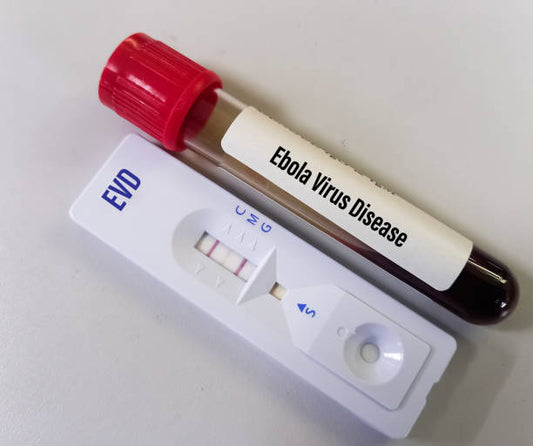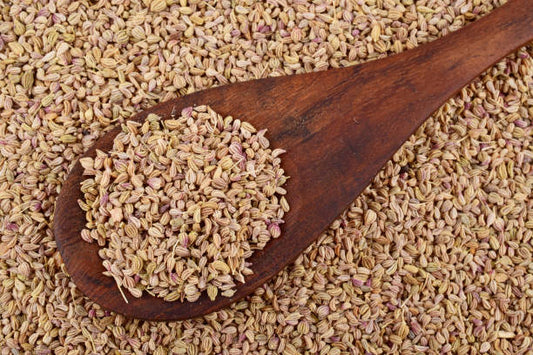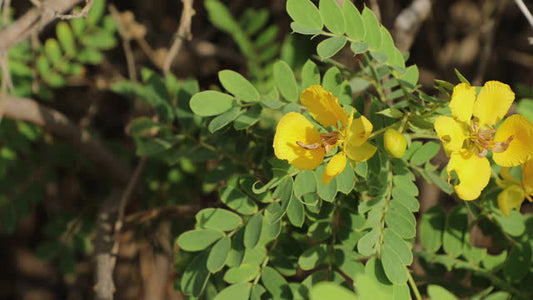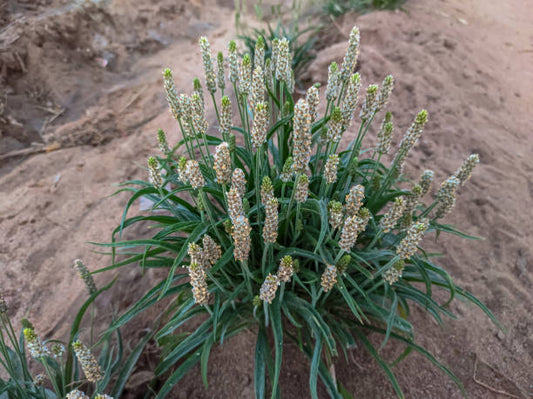What is Scleroderma?
Scleroderma is an autoimmune condition that affects the skin, blood vessels, and internal organs. It is a chronic, progressive, and debilitating condition characterized by hardening and tightening of the skin and connective tissue. The disease is caused by the body producing too much collagen, a protein that helps provide structure and strength to the skin and other organs. The cause of scleroderma is not yet known, but medical research is ongoing.
Symptoms of Scleroderma
The primary symptom of scleroderma is hardening and tightening of the skin, which can cause pain and discomfort. The skin may also become thick and tight, and may develop a waxy, shiny texture. Other symptoms may include fatigue, joint pain, Raynaud’s Syndrome, and digestive problems.
Development of Scleroderma
The development of scleroderma depends on the type of scleroderma a person has. Most types of scleroderma progress slowly over time, although some types may progress quickly. The progression of scleroderma is often unpredictable and can vary from person to person.
How to Cure and Manage Scleroderma?
Unfortunately, there is no cure for scleroderma. Treatment is focused on managing the symptoms and slowing the progression of the disease. Treatment options may include medications, physical therapy, lifestyle changes, and surgery.
Medications for Scleroderma
Medications used to treat scleroderma may include corticosteroids, immunosuppressants, and biologics. Corticosteroids can help reduce inflammation and relieve symptoms, while immunosuppressants can help slow the progression of the disease. Biologics are a newer type of medication that can help reduce the production of collagen in the body.
Physical Therapy for Scleroderma
Physical therapy can help strengthen weak muscles, reduce pain, and improve joint mobility. Physical therapists can also teach people with scleroderma how to manage their condition and use assistive devices, such as splints, that can help improve their quality of life.
Lifestyle Changes for Scleroderma
Making lifestyle changes can help reduce symptoms and improve quality of life for people with scleroderma. Eating a healthy diet, getting enough rest, and avoiding triggers such as stress, cold temperatures, and certain medications can all help manage symptoms.
Surgery for Scleroderma
In some cases, surgery may be used to treat scleroderma. Surgery may be used to remove affected tissue or to repair damage caused by the disease.
Conclusion
Scleroderma is a chronic and progressive autoimmune condition that affects the skin, blood vessels, and internal organs. The cause of scleroderma is unknown, but treatments are available to help manage symptoms and slow the progression of the disease. Medications, physical therapy, lifestyle changes, and surgery may all be used to treat scleroderma.











